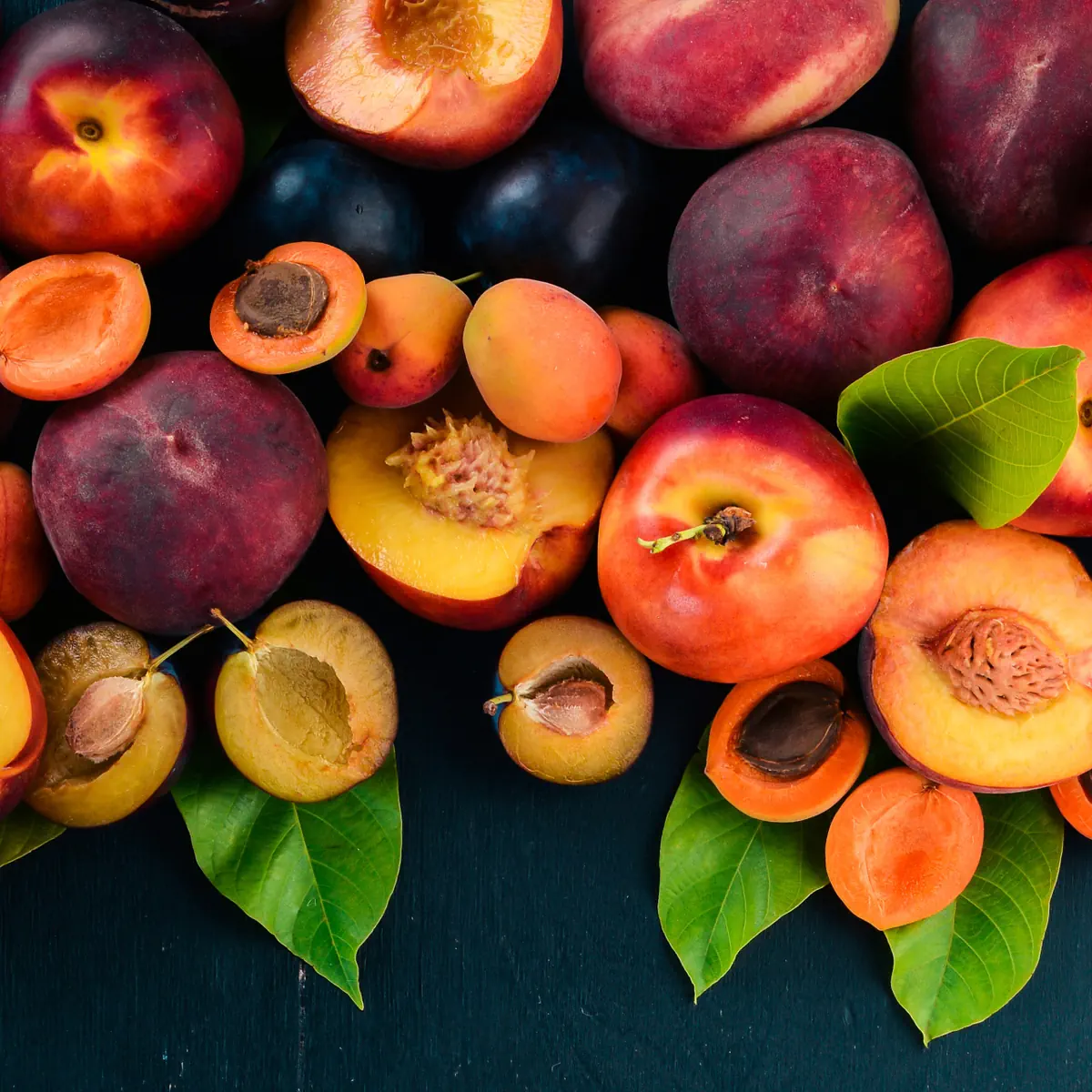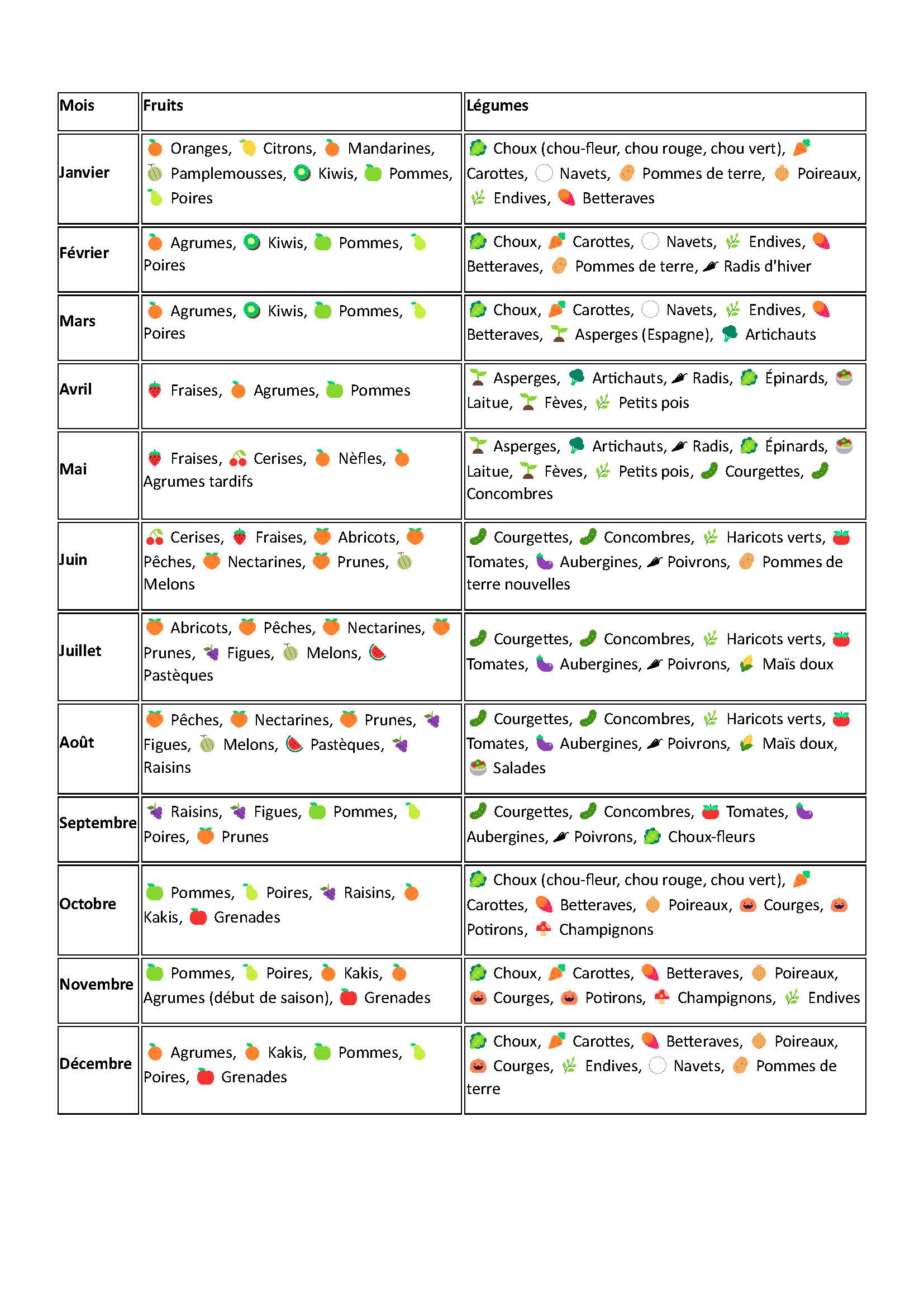
Votre grossiste préféré
Négociant de fruits et légumes en gros, ELITE FRUITS est présent depuis près de 30 ans sur le plus grand marché au monde de produits agricoles et de produits frais, le MIN de Rungis.
Elite Fruits
ELITE FRUITS, grossiste en fruits et légumes
A la suite d’une longue histoire familiale (faire un lien vers la page Histoire), la société ELITE FRUITS est présente depuis 1990 sur le MIN de Rungis, spécialisée dans le commerce de gros de fruits et légumes à l’intention :
· des détaillants en fruits et légumes, sédentaires ou non ;
· des centrales d’achat de la grande distribution ;
· des supermarchés indépendants ;
· des restaurateurs traditionnels ou collectifs ;
Nous proposons tout au long de l’année des fruits et légumes frais et de saison, qualitativement et quantitativement adaptés aux besoins de nos clients, avec une spécialisation concernant plus particulièrement les fruits à noyaux, agrumes et fruits exotiques.
Notre Histoire
1955 fût la date à laquelle Enrique FERRER aiguise son sens commerçant en implantant un bureau commercial aux halles de Paris. Il y écoule la production familiale Par sa connaissance des producteurs espagnols et de la qualité proposée, il lance rapidement d’autres gammes de produits comme la pêche, la poire et bien d’autres délices. 1969 la famille ferrer s’installe aux halles de Rungis. En 1990 création d’Elite-Fruits par David Ferrer . En choisissant ce nom, c’est tout le côté qualité des produits qui est mis en avant et qui détermine l’un des concepts essentiels de la société. Pour parvenir aux objectifs fixés, ELITE FRUITS s’associe dès 1993 avec d’autres producteurs pour élargir ses gammes de produits et étendre ses périodes de proposition commerciale. Les partenaires sont aussi du côté de la clientèle dans la GMS et les centrales d’achats. 2017 reprise d’activité par Ferrer Sarah, Mendez Jean-Manuel et Ferrer Jérémy pour développer l’entreprise
ELITE FRUITS, une qualité irréprochable
Le nom de notre société fait référence à la qualité irréprochable de nos produits. Experts dans la connaissance des fruits et légumes, nous garantissons aussi bien la fraîcheur de nos produits qu’un niveau optimal de maturité. Nous proposons également une gamme bio, afin de répondre à une demande croissante de notre clientèle.
ELITE FRUITS, un suivi commercial privilégié
Entièrement au service de nos clients, nous avons tout au long de notre histoire développée des gammes de produits et des services adaptés à leurs besoins. Aujourd’hui encore, nous répondons à toute demande spécifique et sommes organisés pour garantir à nos clients une réactivité immédiate. Notre seule mission : les satisfaire.
Rencontrez notre équipe
Faites connaisance de notre équipe.

Jean-Manuel Mendez
Gérant
Jean-Manuel supervise les opérations quotidiennes, garantissant le bon fonctionnement et l’efficacité de notre chaîne d’approvisionnement.

Sarah Ferrer
Directrice commerciale

Jeremy Ferrer
Directeur financier et qualité
Jeremy s’assure que tous les produits répondent à nos normes de qualité élevées avant d’atteindre nos clients.
Découvrez notre sélection de Fruits frais et de Légumes
Fruits
Découvrez notre large gamme de fruits frais de saison. Parfait pour tout besoin de gros.
Légumes
Découvrez notre gamme de légumes de haute qualité, d’origine nationale et internationale.
Calendrier de Récolte des Fruits et Légumes (France & Espagne)

Pour toute question ou demande, n'hésitez pas à nous contacter par e-mail à [email protected]. Nous nous engageons à répondre à tous vos messages dans les meilleurs délais.
Appelez-nous
Vous pouvez nous contacter directement au +33 1 49 79 00 86. Notre équipe est à votre disposition pour répondre à toutes vos questions.
localisation
Nous vous invitons à visiter nos locaux situés au 54 avenue de Lorraine Bâtiment E2, Rungis, 94150, France. Découvrez la qualité de nos produits.
FAQs
We provide a wide variety of seasonal and exotic fruits sourced from trusted growers.
Orders can be placed through our website or by contacting our sales team directly.
We offer flexible delivery options to ensure your products arrive fresh and on time.


